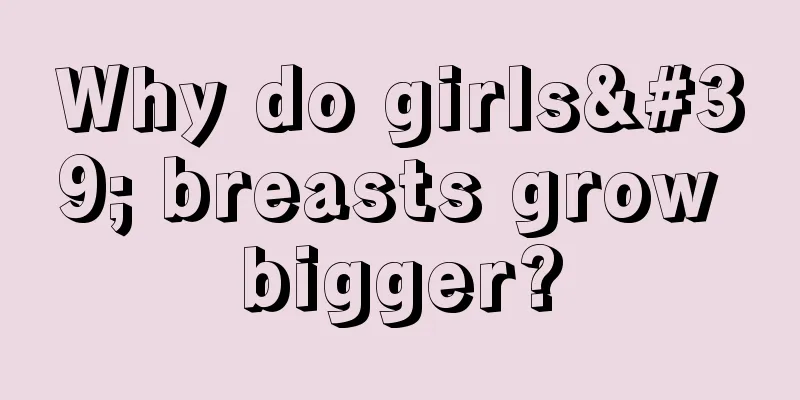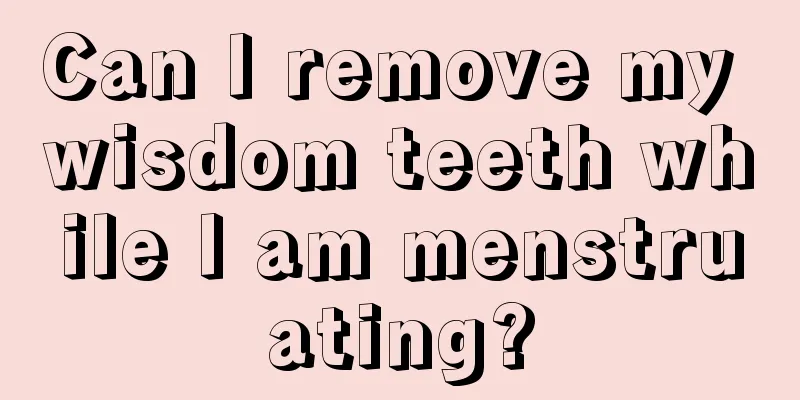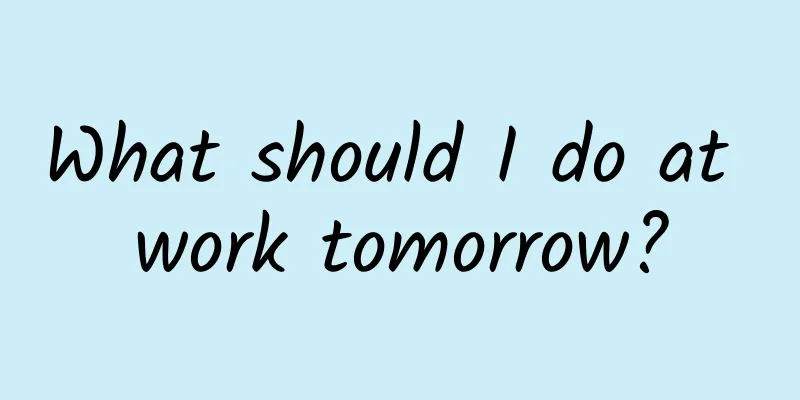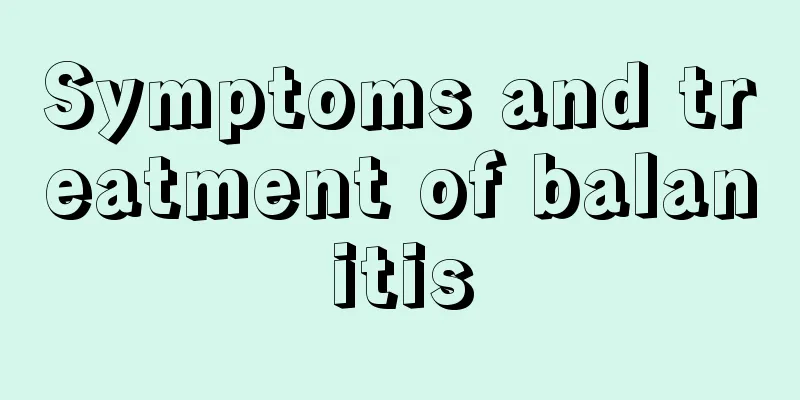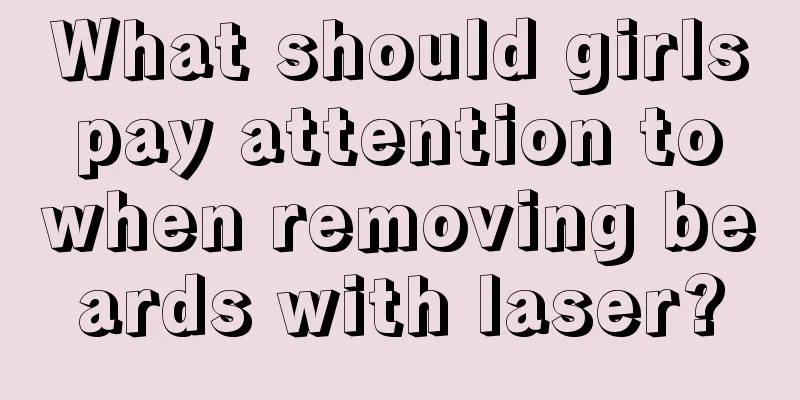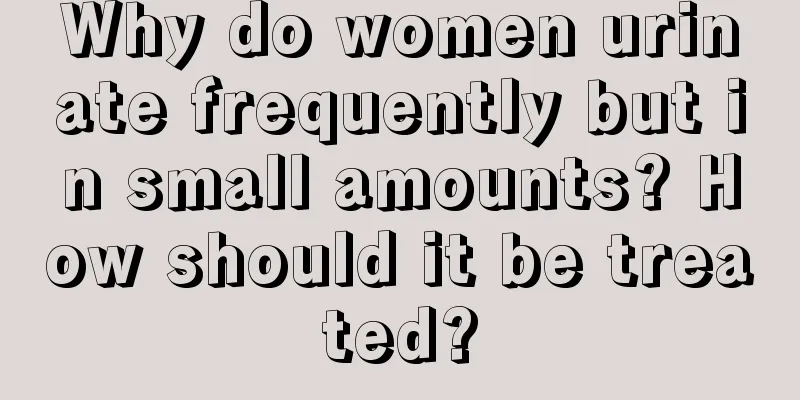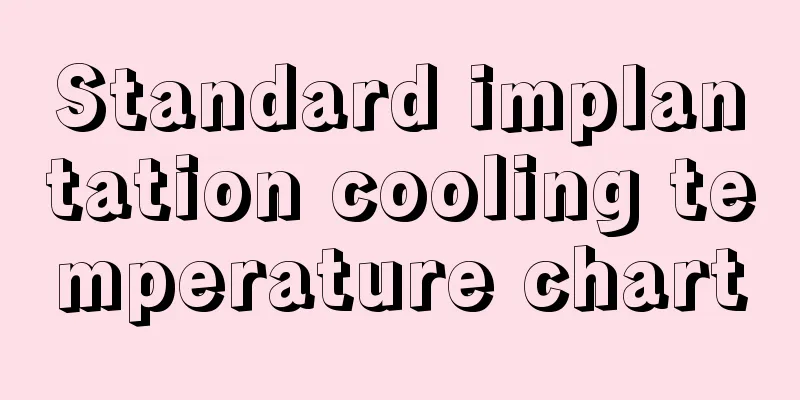What to do if menstruation is not coming due to polycystic ovary syndrome
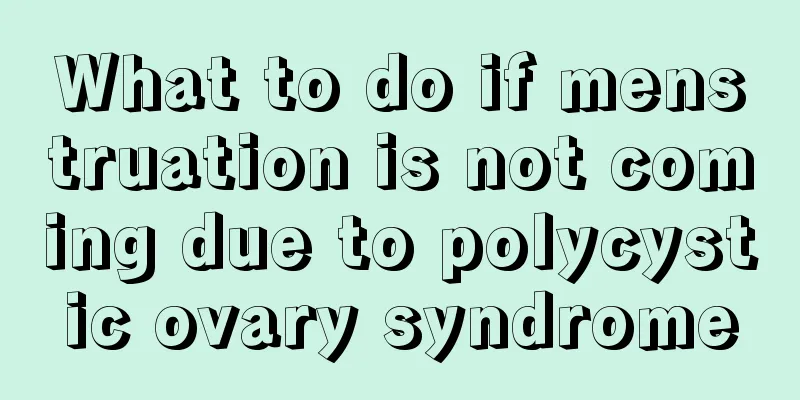
|
Some people may not be very familiar with polycystic ovary syndrome. In addition to causing female infertility, this disease also has three other main characteristics: amenorrhea, hirsutism, and obesity. The originally regular menstruation stops due to the presence of PCOS, which must make women very panic. So, what should I do if I don’t have my period due to PCOS? Let’s look at the solution below. 1. Weight loss method: This method focuses on increasing exercise to reduce weight, due to endocrine and metabolic disorders caused by obesity. Then losing weight can effectively restore your endocrine system to normal. In this way, once ovulation becomes normal, the chance of pregnancy will greatly increase, and polycystic ovary will gradually disappear. 2. Insulin resistance method: Reducing insulin resistance can increase SHBG, causing the androgen level to decrease, which can effectively solve the phenomenon of polycystic ovary and infertility caused by excessive androgen. 3. Clomiphene drug therapy: It competes with endogenous estrogen receptors at the hypothalamus-pituitary level, inhibits estrogen negative feedback, increases the pulse frequency of GnRH secretion, and thus adjusts the secretion ratio of LH and FSH. This promotes ovulation rate. However, this drug has side effects such as abdominal discomfort, blurred vision, rash, hair loss, etc. 4. Urinary gonadotropin drug therapy: It is mainly used for patients with reduced endogenous pituitary gonadotropin and estrogen secretion. However, this drug has greater side effects than clomiphene and is highly irritating to the ovaries. 5. Gonadotropin-releasing hormone therapy: It can promote the release of FSH and LH from the pituitary gland, but long-term use will make the receptors of pituitary cells insensitive, leading to a decrease in gonadotropin, thereby reducing the synthesis of ovarian sex hormones. 6. Bilateral ovarian wedge resection therapy: Removal of part of the ovaries to eliminate excess androgen produced by the ovaries can correct the regulatory disorder of the hypothalamus-pituitary-ovarian axis, but the location of the resection and the amount of tissue removed are related to the efficacy, and the effectiveness varies. This method has a high recurrence rate after surgery. 7. Chinese medicine conditioning method: This method of treating polycystic ovary is more conservative, but safe and has no side effects. The doctor will prescribe a prescription based on your specific situation. You should insist on taking Chinese medicine and go for a check-up every once in a while to ensure that the doctor can accurately grasp your condition. |
<<: Drinking soy milk for polycystic ovary syndrome
>>: How to do IVF with polycystic ovary
Recommend
How much does it cost for pregnant women to have a sugar screening test?
Diabetes that is first discovered or first develo...
What should I pay attention to when I have uterine cold?
Many people only realize the importance of daily ...
What should women with kidney deficiency eat? These eight foods are worth recommending
The problem of kidney deficiency makes countless ...
Talk openly about this private issue and let more people know about erectile dysfunction!
Author: Tian Long, Chief Physician, Beijing Chaoy...
Can pregnant women drink brown sugar ginger juice?
Women must pay attention to their diet when they ...
Do you have back pain symptoms during pregnancy?
During pregnancy, the body will actually have som...
How to choose women's sanitary products
As a woman, you must learn to love yourself in li...
Symptoms of pelvic fracture, you have to read it!
Some female friends experience urethral bleeding,...
How to stop bleeding during menstruation quickly
Menstrual problems are very troubling for many wo...
National Nutrition Week | Nutrition and Health Science Rumors List
Nutrition and health science rumor list released!...
Cervical polypectomy
For many female friends, some gynecological disea...
Why do girls have cold hands and feet?
It is said that girls are afraid of cold and have...
Can I eat Ophiopogon japonicus during menstruation?
Women will become more sensitive during menstruat...
Beware! Mouth breathing is also a "disease"
Beware! Mouth breathing is also a "disease&q...
Pain in women's vagina when urinating
If a woman feels pain when urinating, has frequen...
